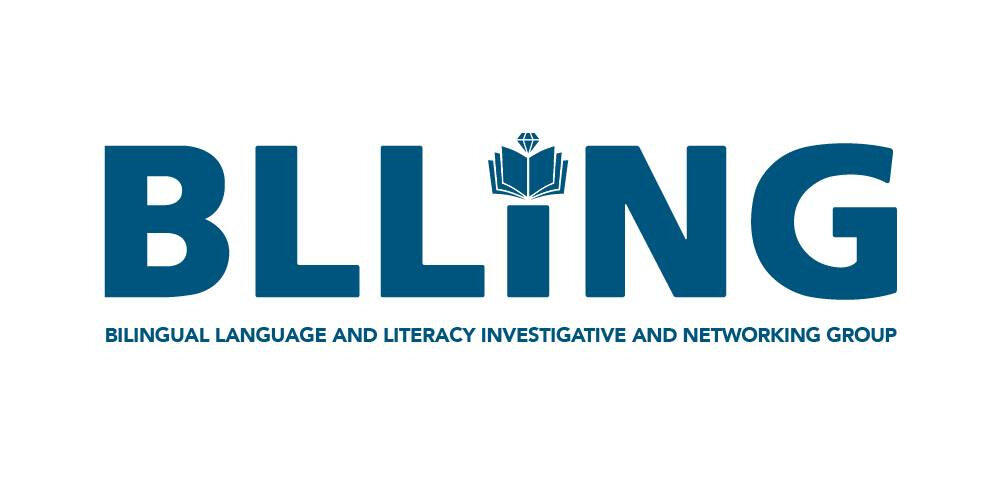Graphic Organizers and Higher-Order Thinking Questions: Evidence-Based Tools to Help Build Vocabulary
by Jessica Navarro-Fry
Working as a Speech and Language Pathology Assistant in the public-school system has challenged almost every notion I had about school SLPs prior to the experience. I owe a lot of what I have learned to the many SLPs who have mentored me within this setting. One particular SLP who worked at a middle school stands out because she taught me how to effectively use graphic organizers with higher-order questions. She showed me the graphic organizer (see modified graphic organizer illustration) and reviewed the kinds of questions she used to scaffold students. I initially thought that she was providing information on how to anchor lessons to the students’ experiences with open-ended questions. It wasn’t until later that I realized that she was referring to Bloom’s (1956) taxonomy of questions and that the question types had a wider range in their ability to support understanding.
The specific graphic organizer I learned to use is efficient because it targets more than merely word definitions; it includes morphological rules, phonological segmentation rules, and it contextualizes words by having learners consider how to symbolize and use these in a variety of settings. I used this approach with modified supports to target the vocabulary and reading comprehension goals of two students. Since they read at the fifth-grade level but were in middle school, the lessons were based on pairing current level of functioning with chronological age expected tier two vocabulary (see individualized list below). Tier 2 words are general academic words that appear in a variety of educational domains. The selection of this vocabulary was done to ensure that lessons had high-impact on their current abilities, and to support their access of curriculum, as recommended by Kelley, Lesaux, Kieffer, and Faller (2010). Additionally, Kelley and colleagues (2010) recommended that the lessons be personalized, so I learned about the students’ preferred topics (e.g., fortnight, PS4 gaming, soccer). We all shared the same ethnic background and were sequential Spanish-English speakers, shared cultural and linguistic contexts, which further ensured learning was meaningful. Sharing the same two languages enabled me the opportunity to involve Spanish and English in the process of teaching about vocabulary and reading comprehension.
The pair of words I mostly enjoyed teaching were “arguably” and “debate.” During the instruction of these two words, it was noted that the use of the graphic organizer paired with substituting the use of low-order to high-order question types scaffolded the students’ understanding. After we syllabified the words, it became evident that the students were not familiar with the roots of the words (i.e., arguerre (to make known) and debattre (to fight)). So, I asked them to analyze the difference of “discutir” (to argue or debate, in Spanish) in two Spanish sentences that demonstrated “argue” and “debate.” They were able to contrast the meaning of the words and discuss their experiences with “argue” and “debate” in Spanish then relate it to English within their classroom experiences. At this point, they were able to write their own definitions of “arguably” and “debate” and we came to their favorite part of the organizer. I asked them each to use the words in a sentence and the other had to justify whether or not it was used correctly. The first student said something to the effect of, “I would say that Ronaldo is arguably better than Messi and could win you in a debate about it.” In this case, Ronaldo and Messi are both soccer players. Next thing I knew, they were engaged in the debate and both of them were appropriately using, “arguably” spontaneously. I interrupted them by asking them what they were doing, and they correctly answered that they were in a debate. We redirected to ending the lesson with each drawing their favorite soccer player’s number in the last box of the organizer and then interactively reading a short article about soccer players out loud.
It was exciting to get these “too cool for school” middle schoolers engaging in their vocabulary and reading lesson by varying lower-order and higher-order question types within a graphic organizer. I think the combination of making the lesson relevant to them and asking them questions in such a way that allowed them to experience the different aspects of words (form, content, and use) helped them immensely. It made for a great session, it was based on the evidence, and it reminded me of why I am passionate about becoming a Speech-Language Pathologist.
References
Bloom, B. S. (1956). Taxonomy of Educational Objectives: The Classification of Education Goals: Handbook 1: Cognitive Domain. New York: David McKay Co Inc.
Kelley, J. G., Lesaux, N. K., Keiffer, M. J., & Faller, S. E. (2010). Effective Academic Vocabulary Instruction in the Urban Middle School. The Reading Teacher, 64(1), pp. 5-14.
Word List
Individualized Vocabulary List:
1. Accurate(ly)/adequate(ly)
2. Addition/additionally
3. Advantage/disadvantage
4. Analyze/analytical
5. Arguably/debate
6. Available/availability
7. Benefit/indisputable
8. Cite/citation
9. Complex/complexity
10. Contrary/contradiction
11. Coordinate/consult/consultation
12. Crucial/coherent/incoherent
13. Data/correlation
14. Discriminate/authentic
15. Drawback/disputable
16. Eliminate/diminish
17. Emphasize/evident(ly)
18. Encounter/assumptions
19. Establish/consequently
20. Evaluate/detect
21. Excess(ive)(ly)/exceedingly
22. Expand/convey
23. Focus/focal
24. Fundamental/influential
25. Including/employ
26. Infer/inference
27. Interact/interaction
28. Issue/ethic(al)
29. Limited/negate
30. Note/depict(ion)(ed)
31. Persuade/evident(ly)
32. Primary/primarily
33. Procedure/(pre)requisite
34. Properties/exhibit(ion)
35. Quality/specify
36. Restrict(ed)/subsequently
*Tier two vocabulary words were selected from a fifth-grade and eighth-grade vocabulary list provided by the SLP.

